Traveling Basil (Part 1)
One of the best things about Charleston is its sense of community. This is particularly true in the “foodie” community, among the people who grow, prepare, serve and of course, eat the delicious food that our city has to offer! This is the first post in a multi-part installment, following the journey of one of our crops from a Green Heart farm, all the way to local tables. The first crop featured is none other than the bright, infamous summer herb, basil. Begin at the Green Heart garden at Mitchell Elementary School, alongside local food blogger, Elise DeVoe, to learn about the five unique varieties we have growing, and a bit about their history, culinary and medicinal uses. Stay tuned next week to find out where this basil ends up!
Sweet Basil
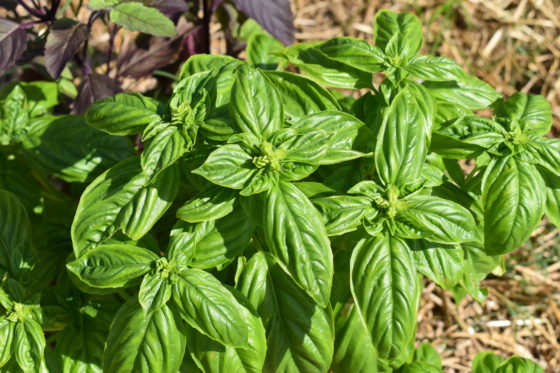
The first variety of basil grown in the Green Heart Garden is sweet basil. Sweet basil is the one that you would find on your margherita pizza or caprese salad. Caprese salad and margherita pizza are so yummy because tomatoes and basil work together in the garden before they ever reach your plate. The basil keeps the pests away from the tomatoes, so they are a match made in heaven.
Tulsi/Holy Basil
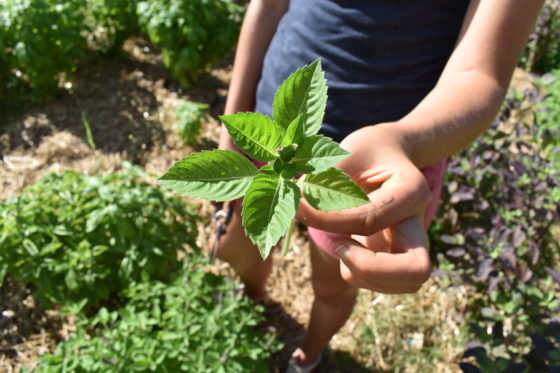
Tulsi basil, also known as Holy Basil, is prominent in India and is used more so in beverages, like tea, rather than in food. Tulsi is an adaptogen, which means that it combats stress by lowering cortisol levels. This was fascinating for me to learn, because I have never thought of basil as medicinal, I just think of it as a refreshing topping to my pizza.
Cinnamon Basil
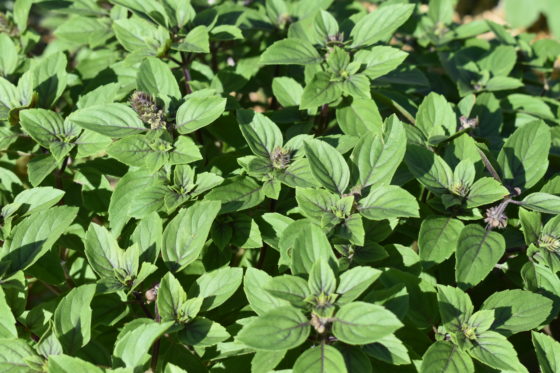
Cinnamon Basil is definitely the most aromatic out of all of the varieties. The most interesting fact I learned about cinnamon basil is that it is good for your teeth. I had the opportunity to taste some, and you could definitely use it as a replacement for mouthwash. It leaves your mouth feeling fresh and ready to take on the day.
Lemon Basil
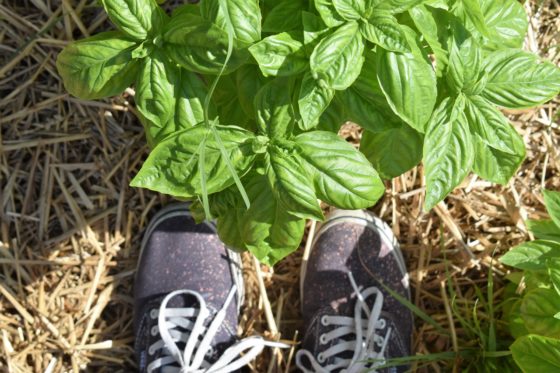
Lemon basil is exactly what it sounds like: basil with a hint of lemon. In the garden, its purpose is to repel bugs. In the kitchen, it adds freshness to sweet and savory dishes alike. A cold glass of lemonade with some lemon basil muddled in would be ideal on a hot Charleston day.
Purple Basil
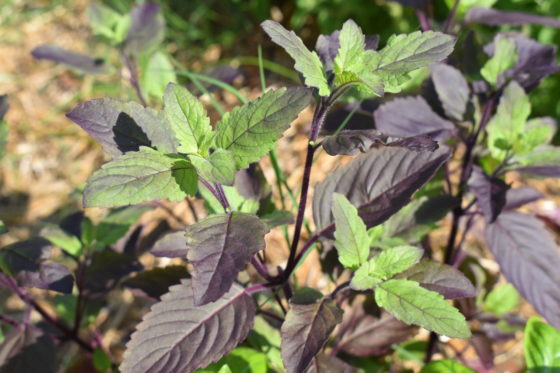
Purple basil is not only easy on the eyes, but it has numerous health benefits as well. Purple basil is chock-full of anthocyanin, which is a phytochemical (plant chemical) that has a large number of health benefits and serves as a powerful antioxidant. It is very effective in reducing cancer cell proliferation and it can even inhibit tumor formation. This phytochemical can be found in many purple foods like grapes, purple sweet potatoes, purple cauliflower, and more! So, be sure to eat your [purples]!
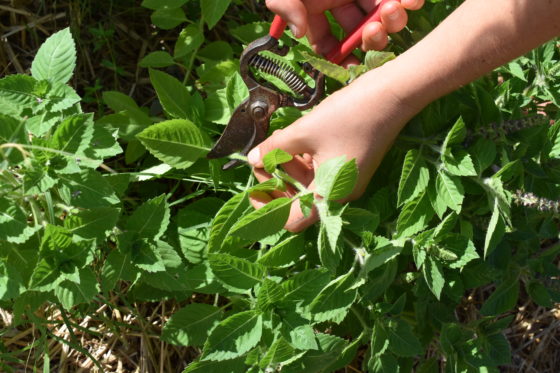
Stay tuned to see where this basil travels and how local chefs find inspiration from each variety of this seasonal herb!
Posted by Elise DeVoe
On July 28, 2017
In Uncategorized
Comments on this post